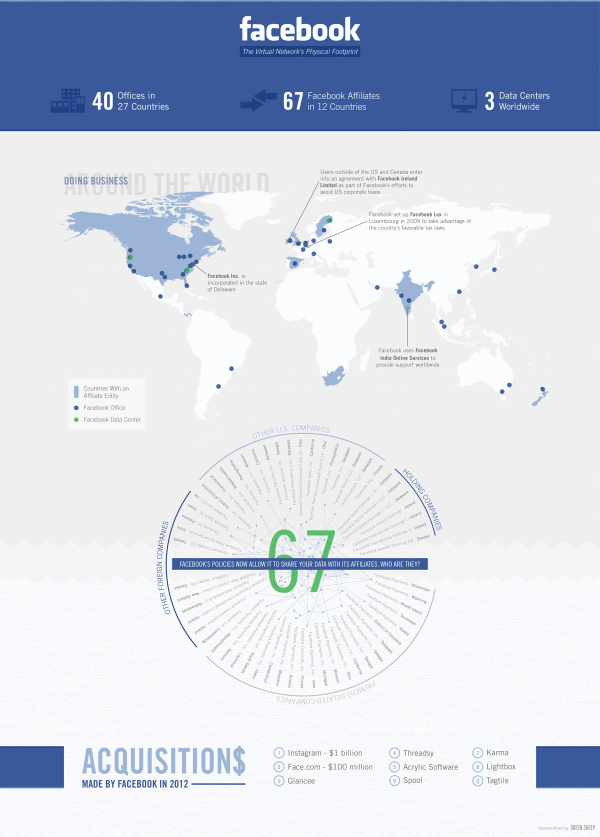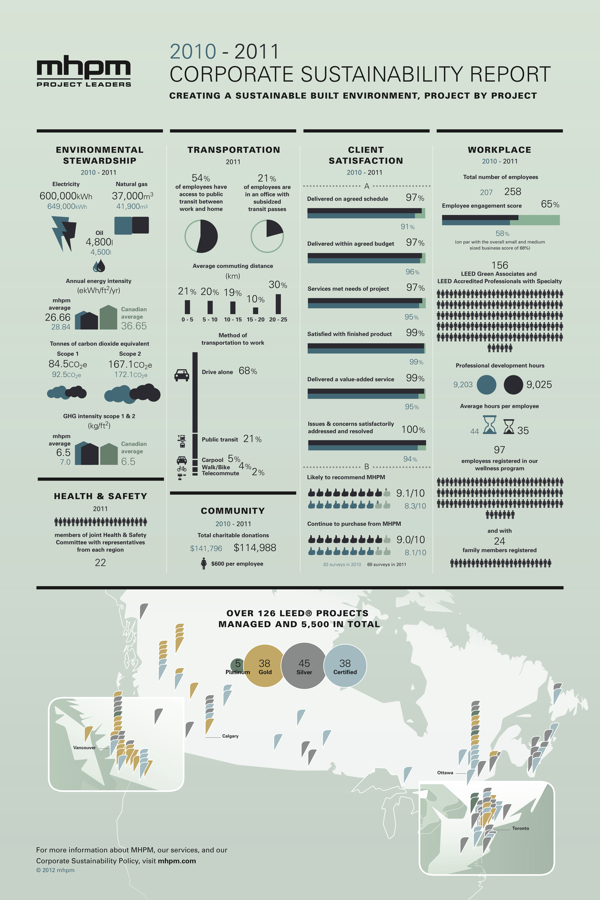Top 20 Field Service Management Software Solutions
The new Top 20 Field Service Management Software infographic from Capterra continues their series of “Top 20 Most Popular” infographics for different software categories. I’ve previously posted about the Top 20 Marketing Automation Software Solutions and the Top 20 Medical Records Software Solutions.
This design shows a little more detail behind how they score and rank the different software options.
Field Service Management software serves companies that send technicians or other employees into the field by helping them automate scheduling and dispatching. Below is a look at the most popular options as measured by a combination of their total number of clients, active users and online presence. In order to see a comprehensive list, please visit our Field Service Management Software Directory.
Capterra developed a popularity index consisting of three components to rank the field service management providers: number of customers (40%), number of end users (40%), and online presence (20%). The online presence metrics included traffic estimates from Compete.com, as well as the company’s number of LinkedIn followers, Facebook page likes, Twitter followers, and Klout scores – each weighted equally to comprise 20% of the vendor’s overall score.
The stacked bars to showing the three separate score metrics works nicely, and is a clear visual of the descending total scores. The Rank numbers are in colored boxes that match the primary brand colors of each software company, but the readers don’t know that. Without seeing the actual company logos, the colors just look random and create some unnecessary visual noise.
By not showing the company logos throughout the design, it’s harder for the reader to see where a particular company appears in the different sections. A visual logo would be easy to recognize at a glance, but in just text, the reader has to read every entry to try to find a match.
Nice, clear Call-To-Action at the end of the design, so the target audience readers know what they should with this information. The footer should also include a copyright statement and the URL link to the infographic landing page on Capterra’s site so readers can find the original, full-size version.









 Randy
Randy









